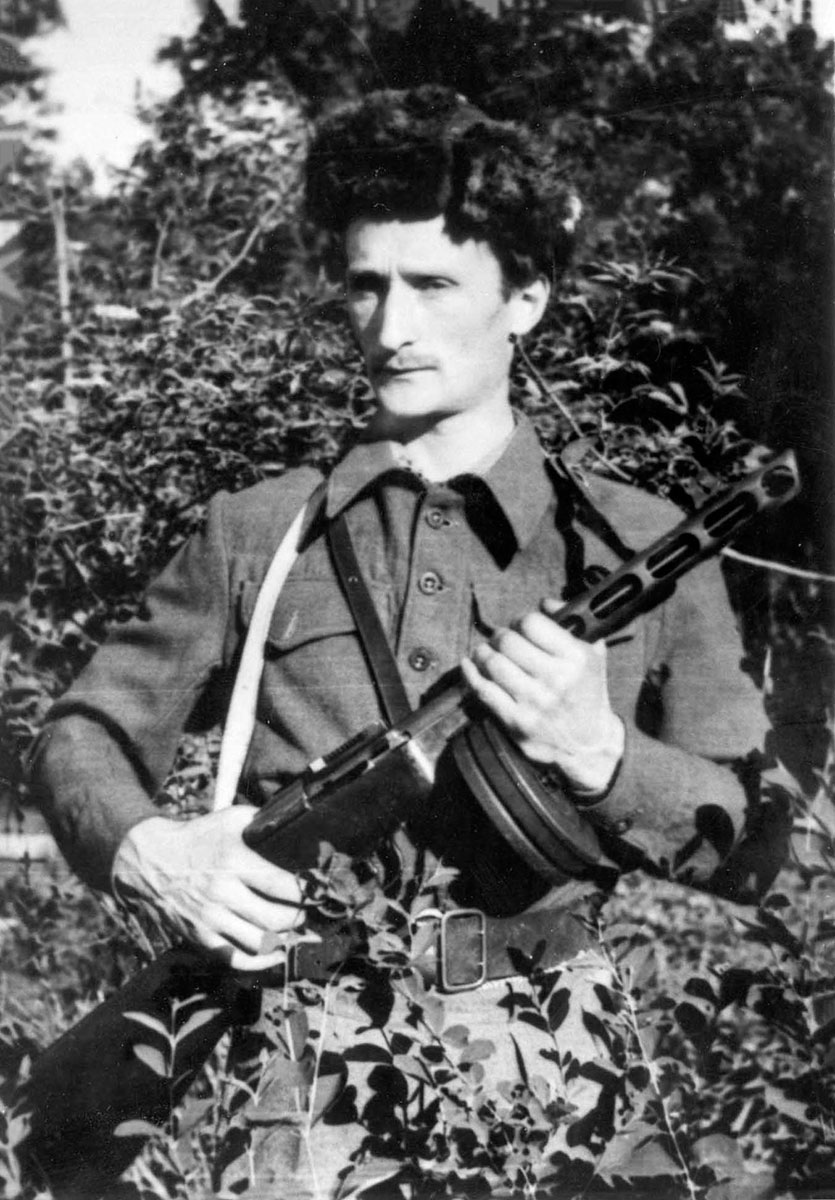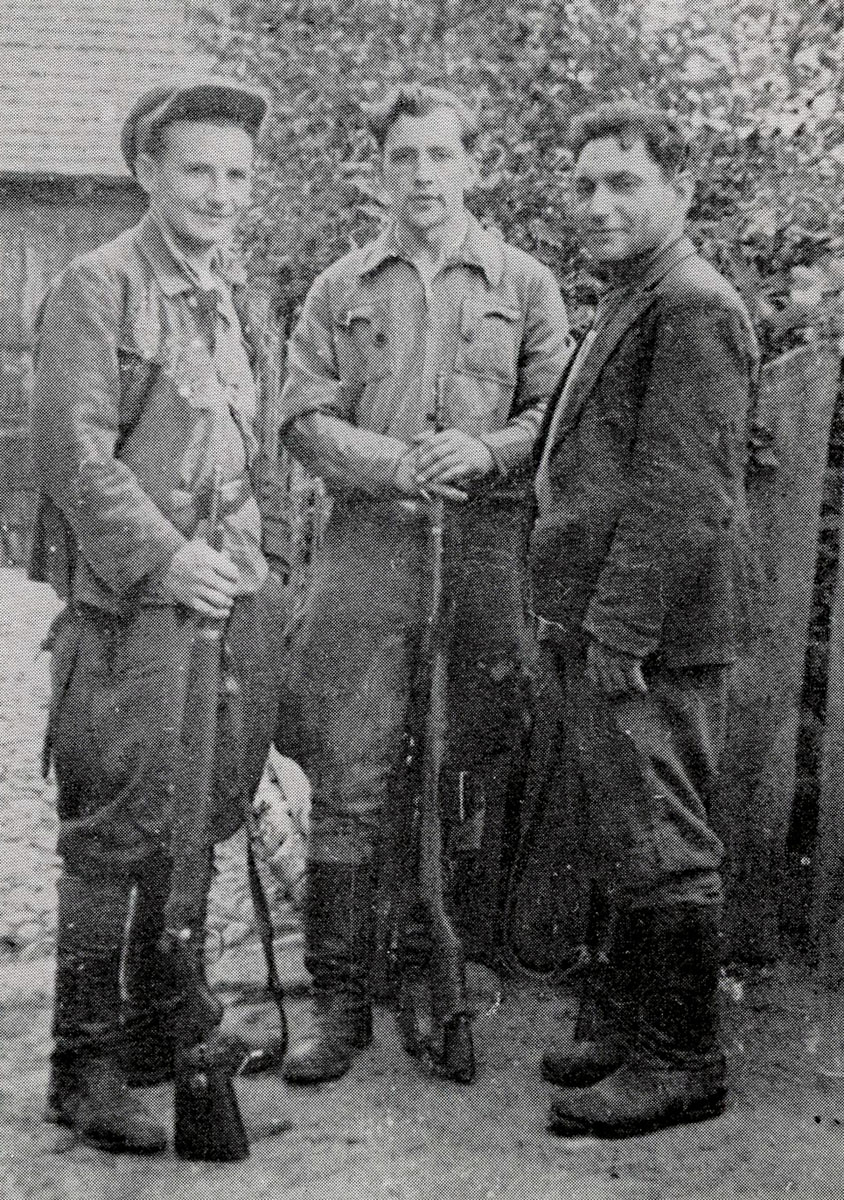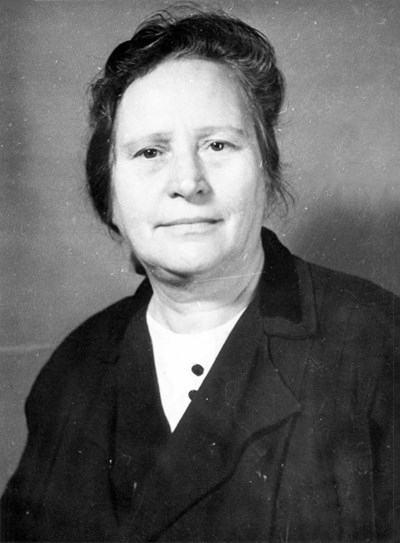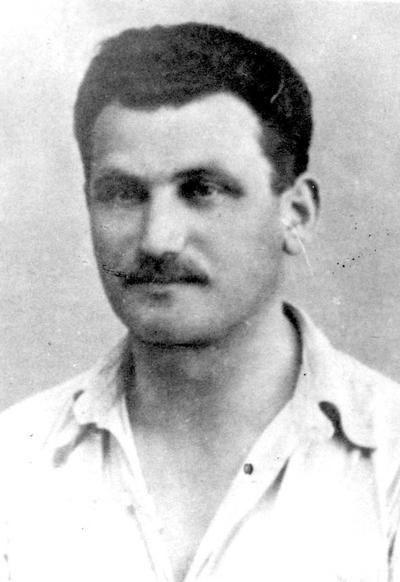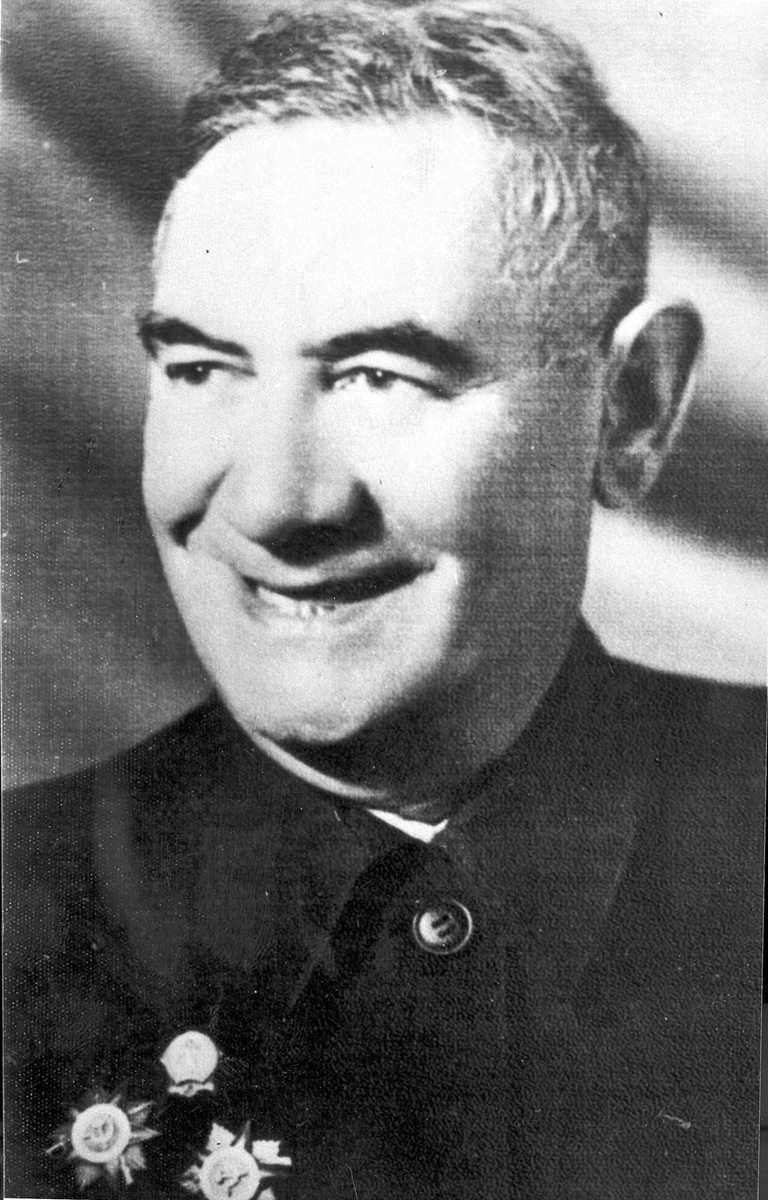After the German invasion of the Soviet Union, partisan units began to organize to fight the Nazi occupiers. The partisans, irregular fighters, operated in the forests and marshes and exploited their relative advantage in guerrilla warfare against the German forces.
The partisans’ objective was to help free their country from the invader. Jewish partisans were also moved by their desire to save Jews and avenge those murdered by the Nazis. Fighting in the forests provided a chance for only a few some Jews - young people and those who had managed to acquire weapons - to survive. It is estimated that about more than 20,000 Jewish partisans fought in Eastern Europe.
There were no partisans units movement when the Nazis instituted initiated the Final Solution. By late 1943, when the partisans became a major resistance movement, almost no Jews remained alive to join them.
Alexander Bogen (1916-2010)
Alexander Bogen never stopped sketching the people, places and events that he witnessed. At the end of 1941, he joined the Voroshilov partisan unit that operated in the forests of Narocz. From his commander, Markov, he obtained permission to go to the Vilna Ghetto and smuggle some young men out to join the unit. Katzenbogen wandered around the Ghetto sketching everything he saw.
He was given command over the Jewish unit Nekamah (“Revenge”), and when it was dissolved, he was appointed the official documenter of the partisan brigade. Armed with a submachine gun and a sketchbook, he drew pictures of his comrades-in-arms from one battle to another. He also used chance scraps of paper and a scorched twig to draw these pictures.
The Zhukov Partisan Unit
In the summer of 1942, Jews from the Ghettos of western Byelorussia fled into the forests south of Minsk. They served as the nucleus of the Zhukov Partisan Unit, commanded by Lyuba Giłczyk. The unit attracted Jews from the Ghettos in the region and accepted them even if they did not bring weapons. Its fighters mined railway lines, attacked police stations and freed some 250 Jews from the Świerżeń labor camp. In the winter of 1943, when the Germans began a major campaign to crush the partisans, the Zhukov fighters and associated family camp withdrew into the marshes of Polesie. In advance of the Soviet offensive in 1944, the unit moved to the Baranowicze district and participated in the fighting there. At liberation, in July 1944, the unit’s 270 surviving fighters emerged from the forest.
The Minsk Ghetto Underground and the Partisan Movement
From its establishment, in August 1941, the underground in the Minsk Ghetto set itself a key objective – to escape to the forest and fight in the ranks of the partisans. At first, its members, under their Communist leader, Hersch Smoliar, established a secret network to collect weapons inside the Ghetto and maintain regular contact with the partisans in the forest. In early 1942, when the number of Aktionen increased and tens of thousands of the Ghetto’s inhabitants were being murdered, the great escape to the forests began. With the help of the local Judenrat and contacts of Ghetto’s residents who had recently joined partisan units, about 10,000 Jews fled the Minsk Ghetto to the nearby forests. Many were killed on the way out. The rest were among those who founded seven partisan units that fought against the Germans.
The Bielski Family Camp
In late 1941, after the Germans had murdered masses of Jews in the Nowogródek area, of including the parents of Tuvia, Zusia and Asael Bielski, the three brothers escaped to the nearby Naliboki forest where they set up a partisan unit. They sought to avenge the murdered and save other Jews. Over time, they were joined by other Jewish fugitives from the various Ghettos and camps. By the summer of 1943, the Family Camp, under Tuvia Bielski’s command, grew to about 1,200 persons. The Camp was both a unit for fighting the Germans and a place of refuge. Tuvia, Zusia and most of the other members of the Camp survived. Asael, an officer in the Red Army, fell in battle against the Germans.
“Don’t rush to fight and die…we need to save lives. It is more important to save Jews than to kill Germans.”
Tuvia Bielski
The Family Camp under Zorin’s Command
Shalom Zorin, from Minsk, fled the Ghetto to the nearby Koidanovo forest after the mass murder of Minsk Jews on November 7, 1941. In the forest, he joined a partisan unit under the command of his Bielorussian friend, Ganzenko Semyon, and together they established a Jewish partisan battalion, composed mainly of those who had fled the Minsk Ghetto. Other than fighters, Zorin added to the unit individuals and families who sought refuge in the forest. At the end of 1943, Zorin’s unit, then operating in the Naliboki forest, numbered about 800 Jews, including 150 children, most of whom survived.




